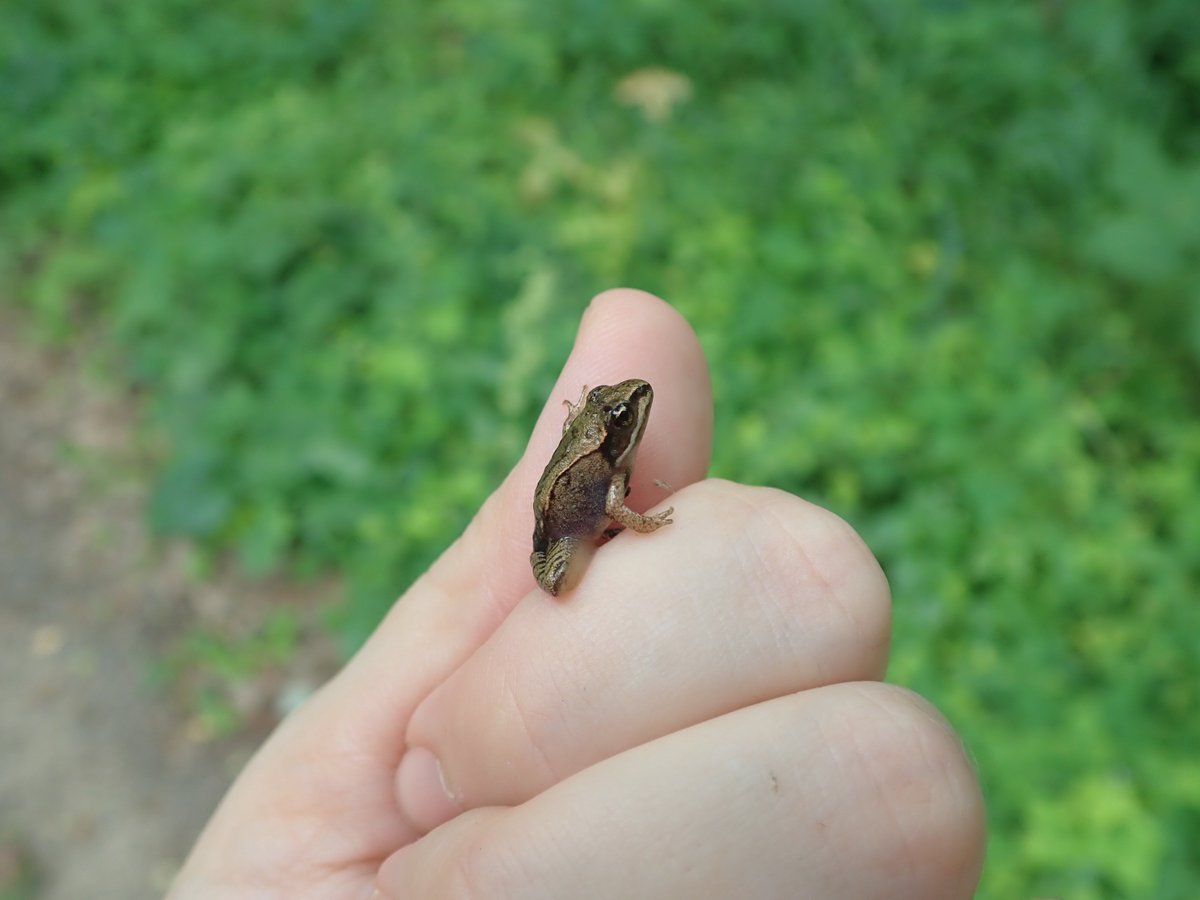This #FrogFriday I netted up some beautiful gray tree #frog #tadpoles (Hyla chrysoscelis or versicolor) and this gorgeous northern leopard frog (Lithobates pipiens) from a small, boggy wetland. 1/n 







I also chased (and consistently missed) several mink #frogs (Lithobates septentrionalis). These crafty ranids are said to have a foul, onion-y smell, so I was bummed not to get one in hand. Something to look forward to for the next #FrogFriday in #Minnesota ! 2/n 



Although it was #FrogFriday , there were other critters out and about, too. Including a pair of Sandhill Cranes (Grus canadensis) and a few turtles (this one is a painted #turtle [Chrysemys picta]). 3/3 



• • •
Missing some Tweet in this thread? You can try to
force a refresh














